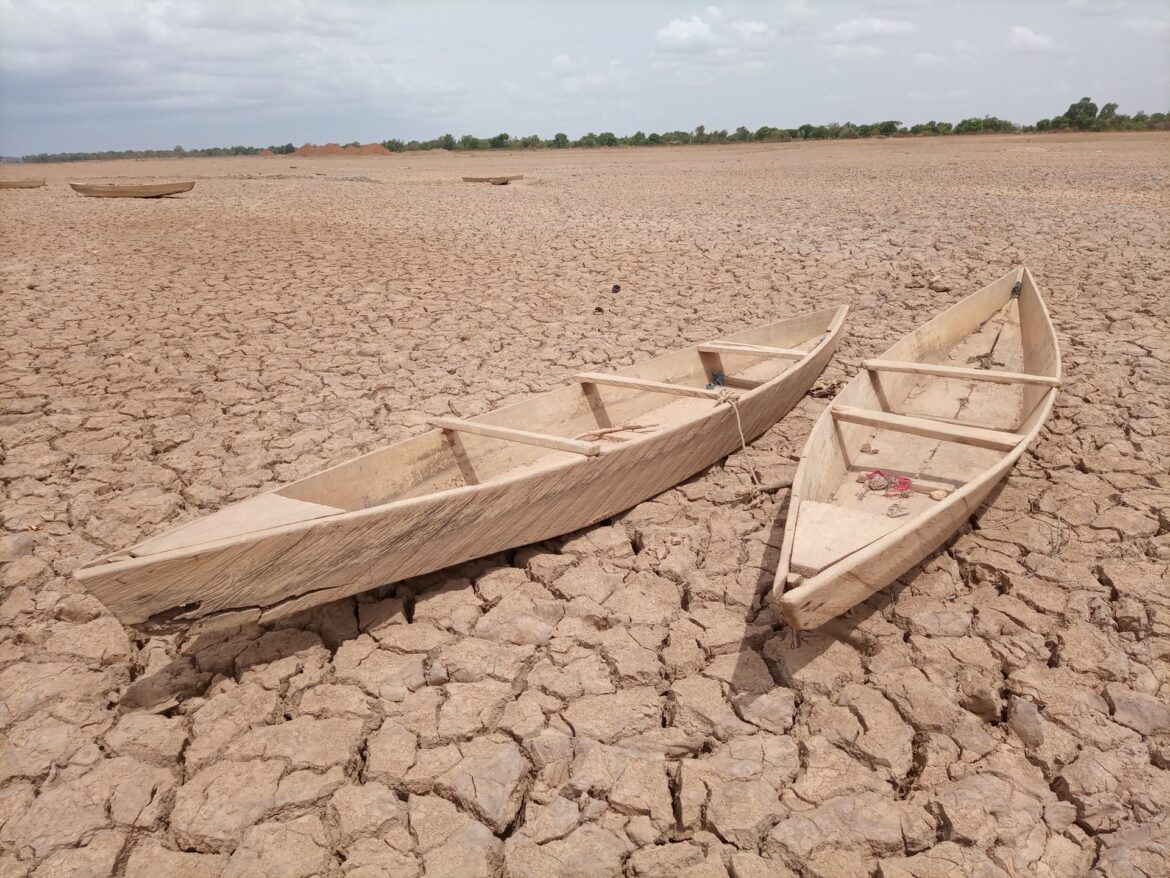ANTANANARIVO, Madagascar — Hundreds of thousands of people are suffering from one of the worst droughts in southern Madagascar in 40 years, the United Nations has warned.
Issa Sanogo, the United Nations resident coordinator in Madagascar, warned that the population faces a severe humanitarian crisis during a recent visit to the region.
“We then moved further south to Amboasary and Ambovombe, two areas located in arid lands, where we encountered populations dealing with crop failures. Here, almost three million people are suffering the consequences of two consecutive extreme droughts. In the town of Amboasary Atsimo, about 75 percent of the population is facing severe hunger, and 14,000 people are on the brink of famine,” Sanogo said.
Madagascar is experiencing its worst drought in four decades, with more than 1.14 million people food insecure. Of those, an estimated 14,000 people are already in catastrophic conditions, and this will double to 28,000 by October.
The drought has wiped out harvests and hampered people’s access to food, and Covid-19 compounded their suffering.
Sanogo spoke about how climate change makes life increasingly difficult for the people who live there and how the UN is helping those in need.
In the village of Marovato, located only eight kilometers from Ambovombe, the people have not been targeted for help, as they are considered part of the urban population and therefore do not meet the criteria for support.
“Most areas in the south are already in a nutritional emergency, so it is inevitable that women and children will be even more affected if we don’t intervene,” Sanogo said.
“I met women and children who were holding on for dear life; they’d walked for hours to get to our food distribution points. These were the ones who were healthy enough to make it,” said Beasley during a visit to the region.
Thousands of people have left their homes searching for food, while those remaining have resorted to extreme coping measures for survival, like foraging for wild food, said the World Food Program, adding that due to the remote location of the communities and weak road infrastructure, few people have been able to access the area.
The organization says it needs $78.6 million to provide lifesaving food in the next lean season “to stop a preventable tragedy from unfolding before our eyes.”
(With inputs from ANI)
Source: Zenger News



